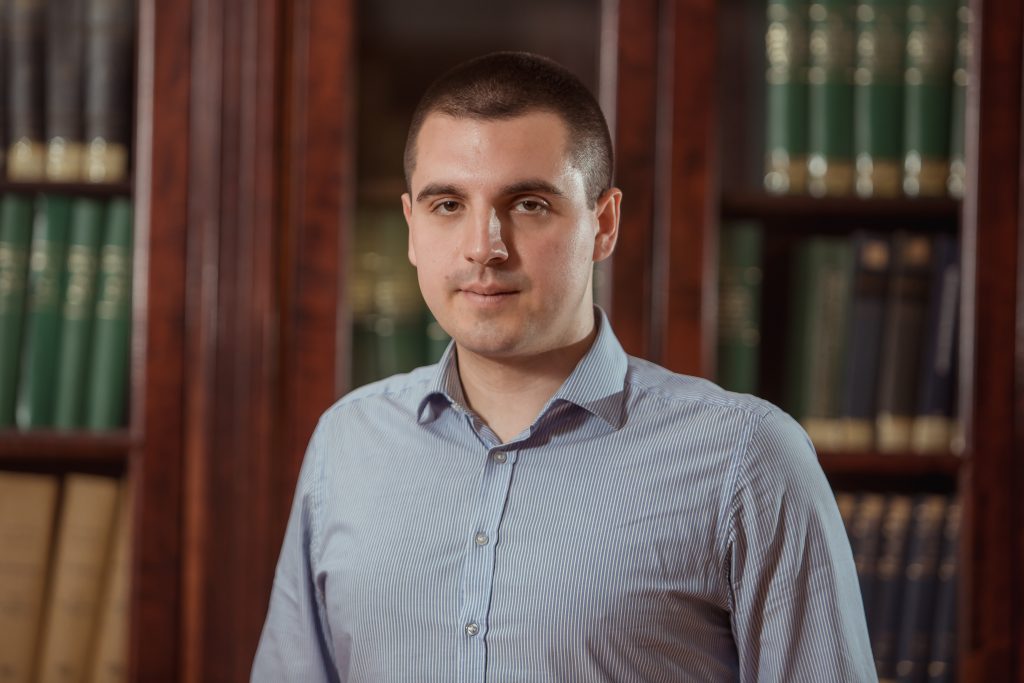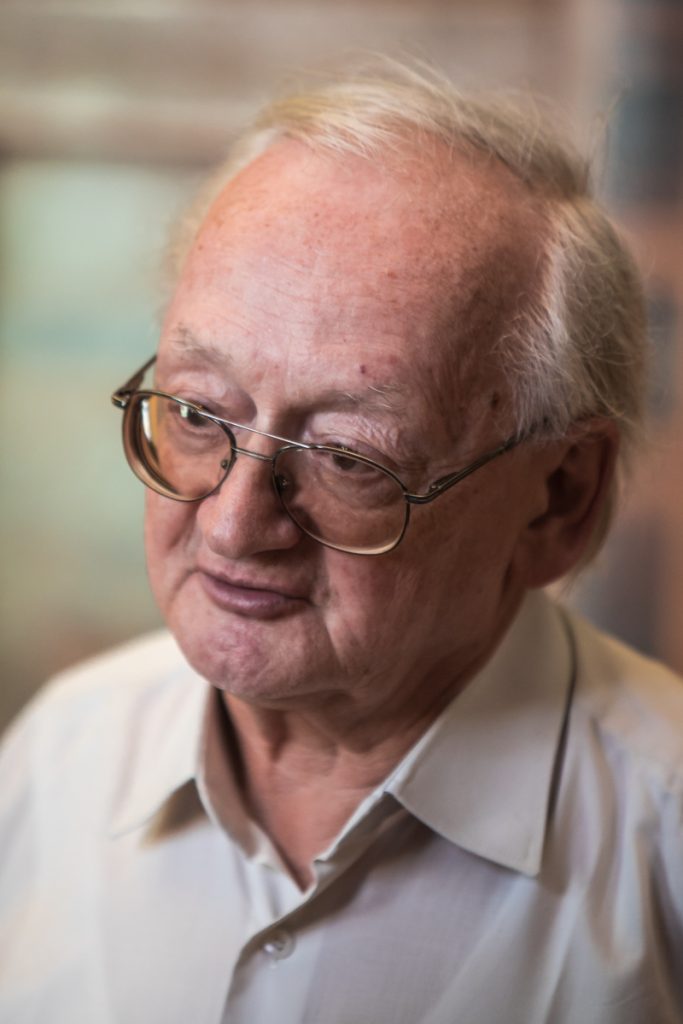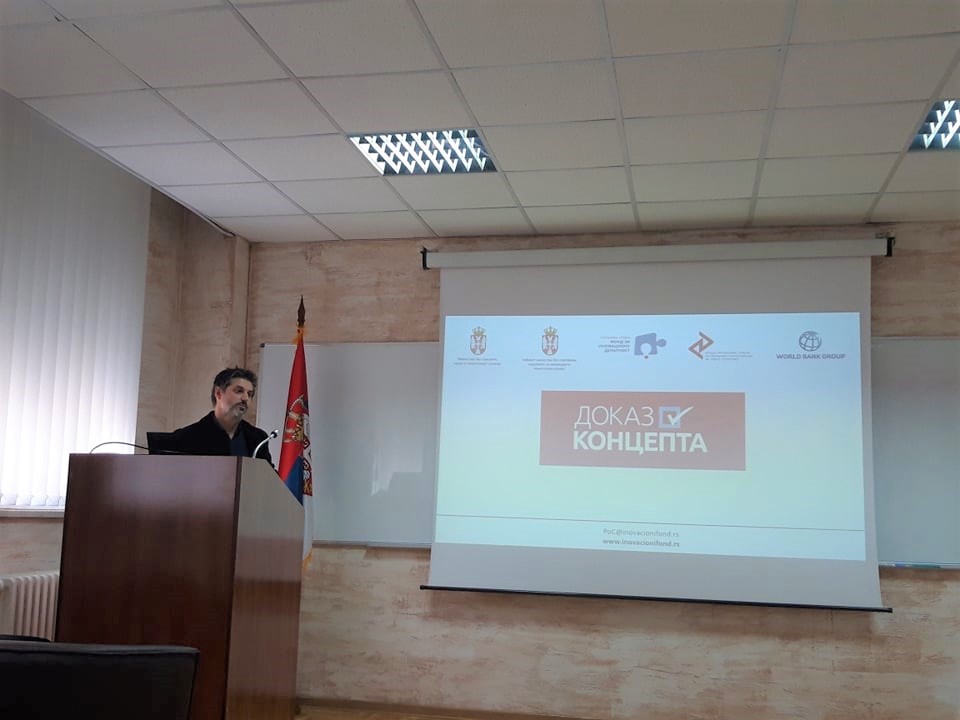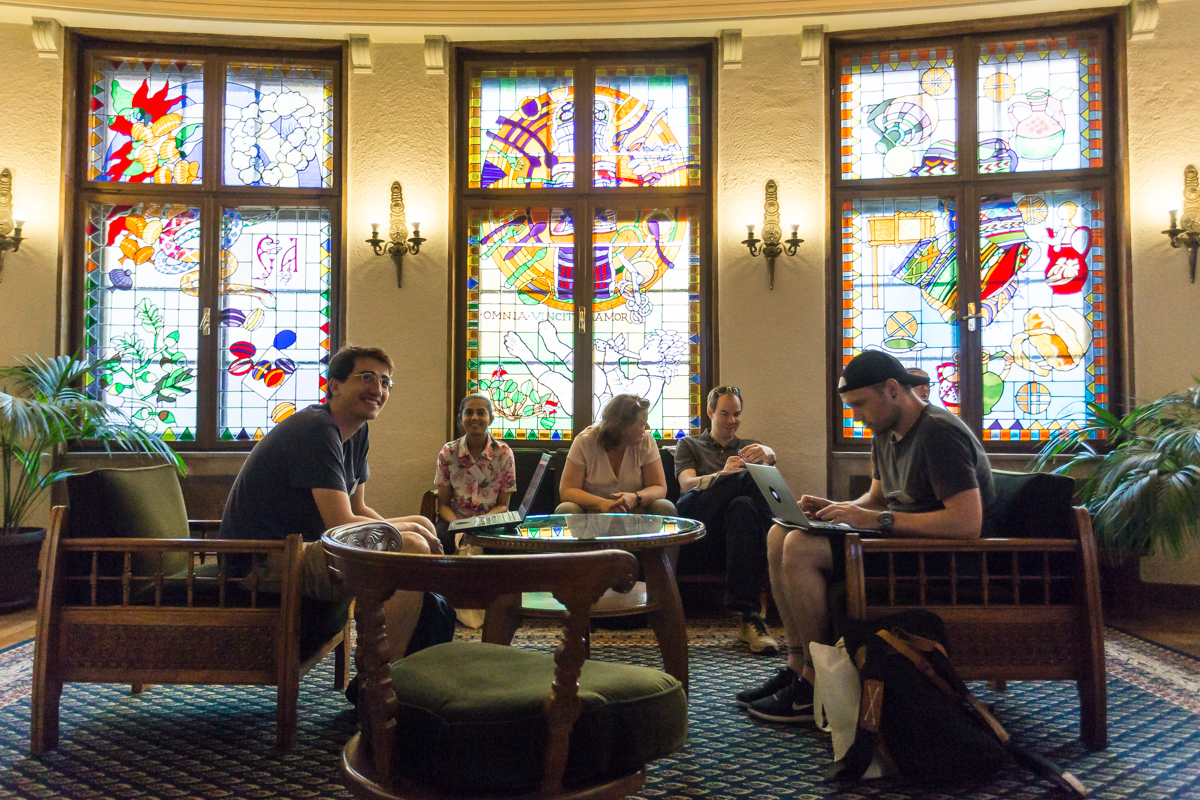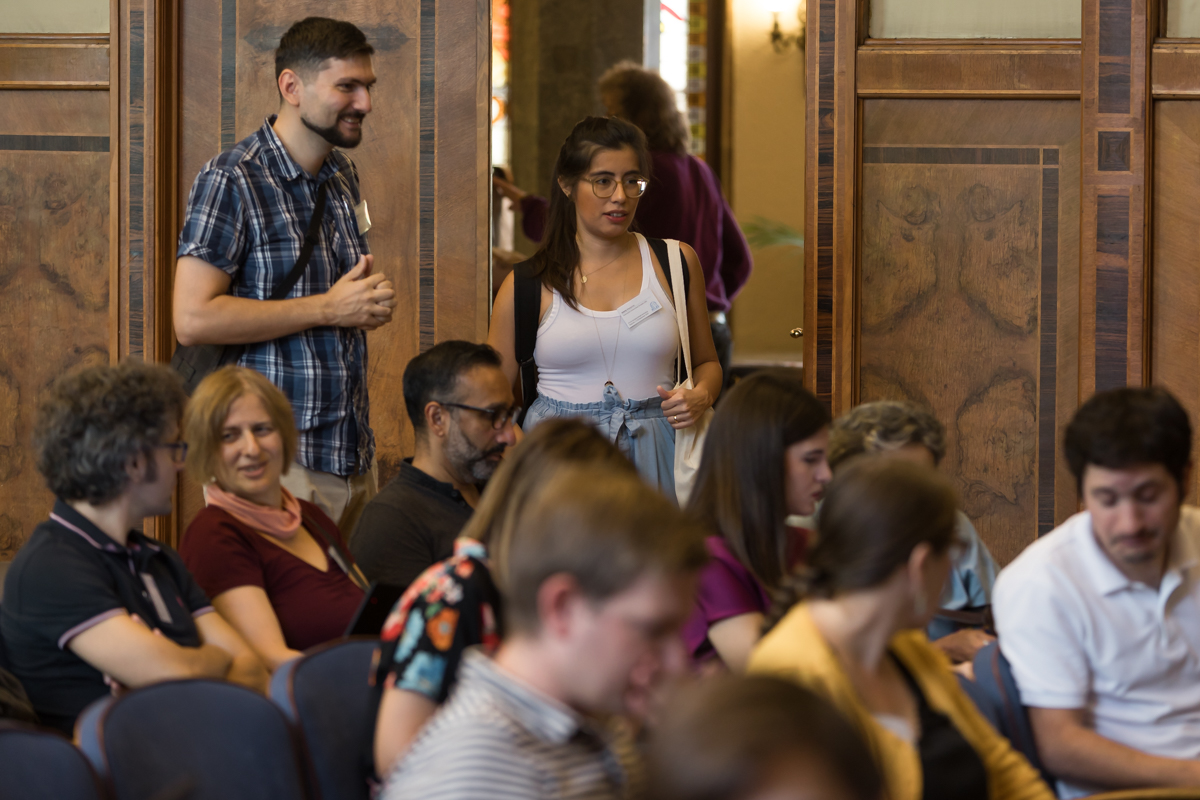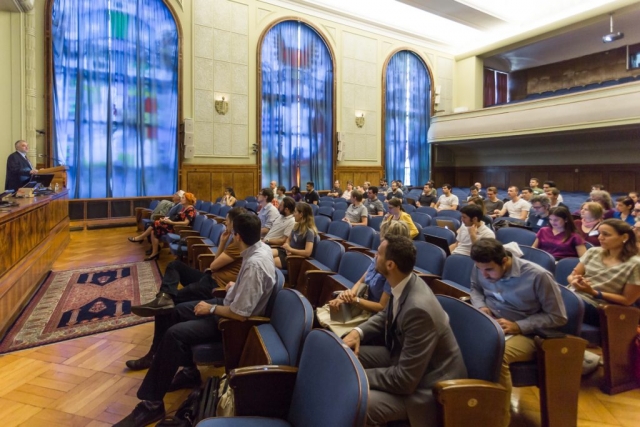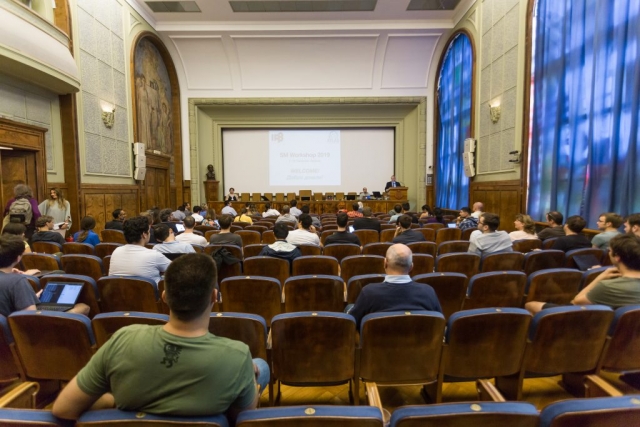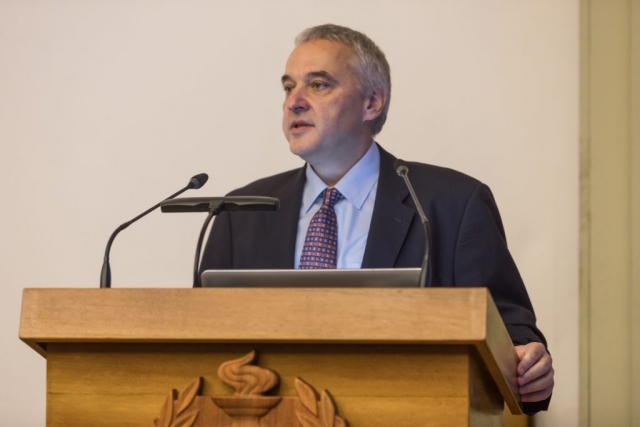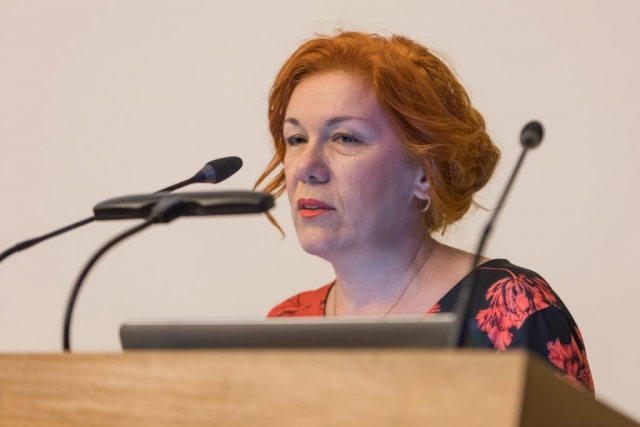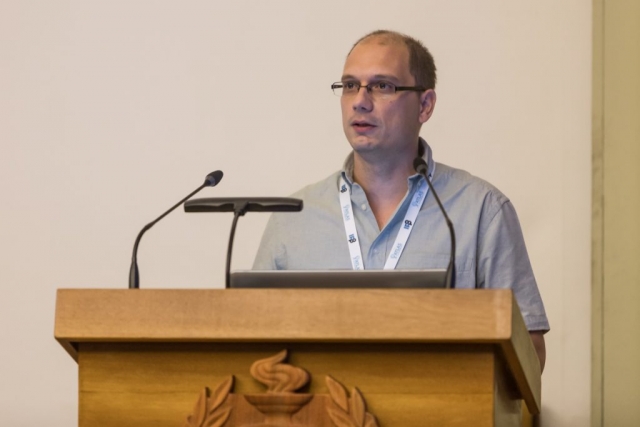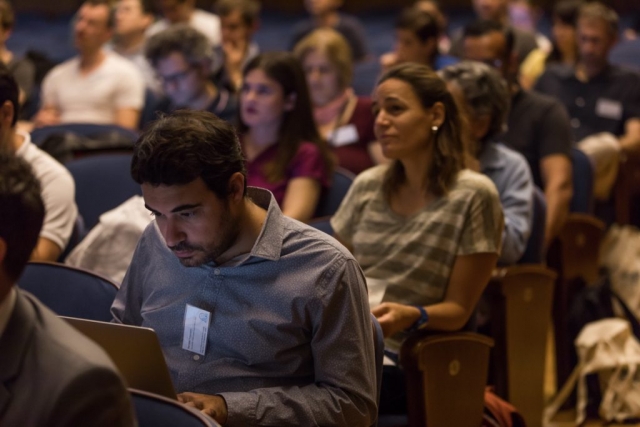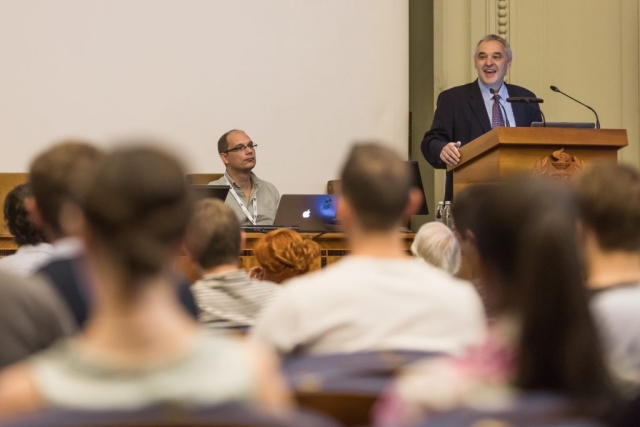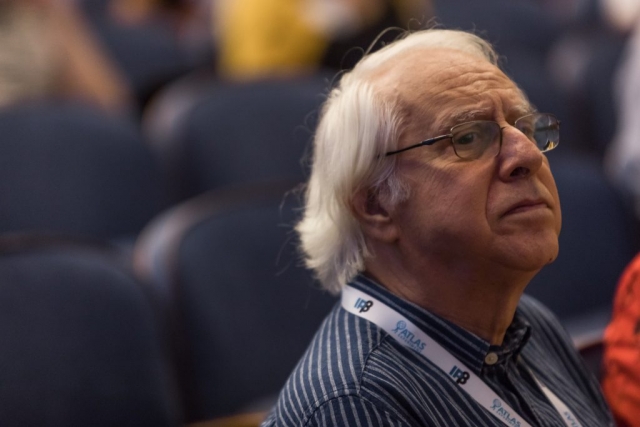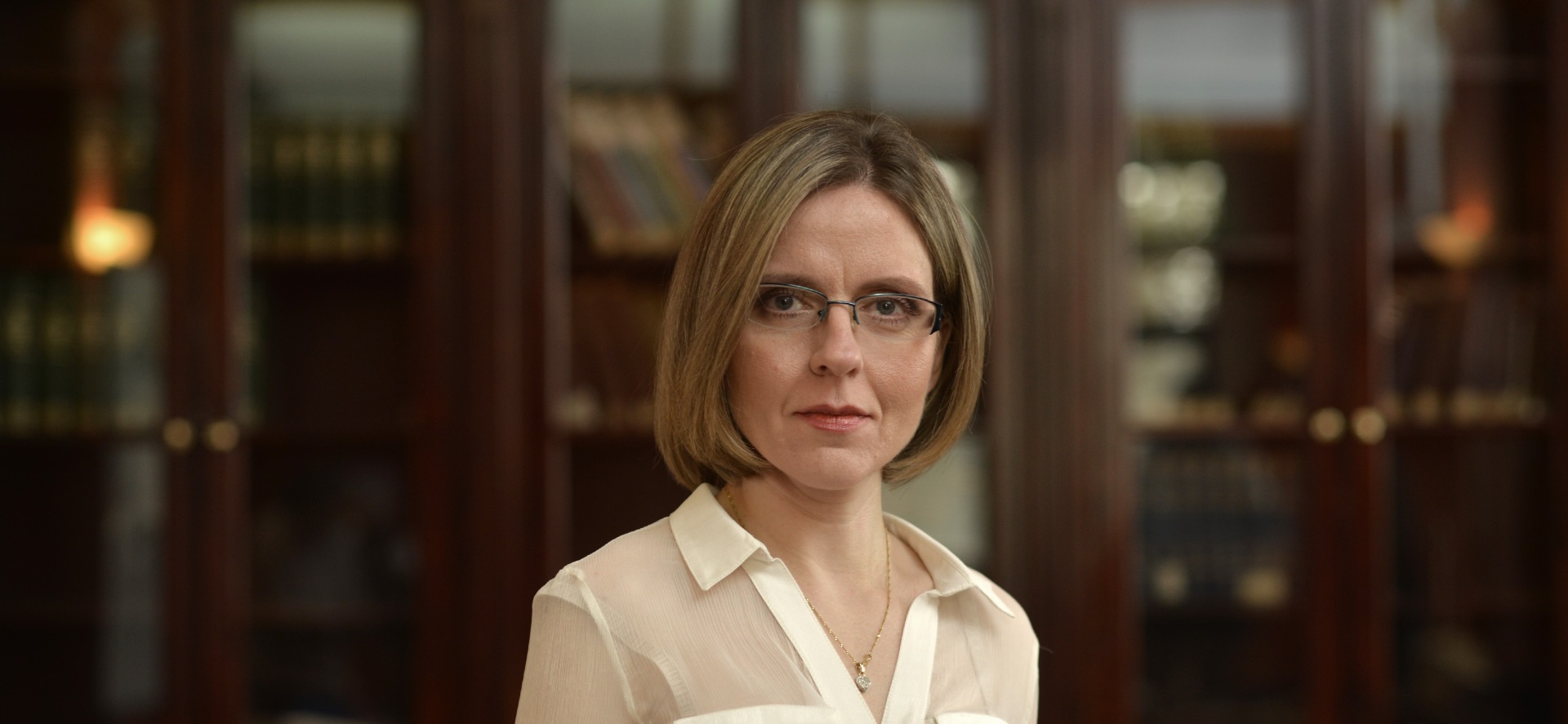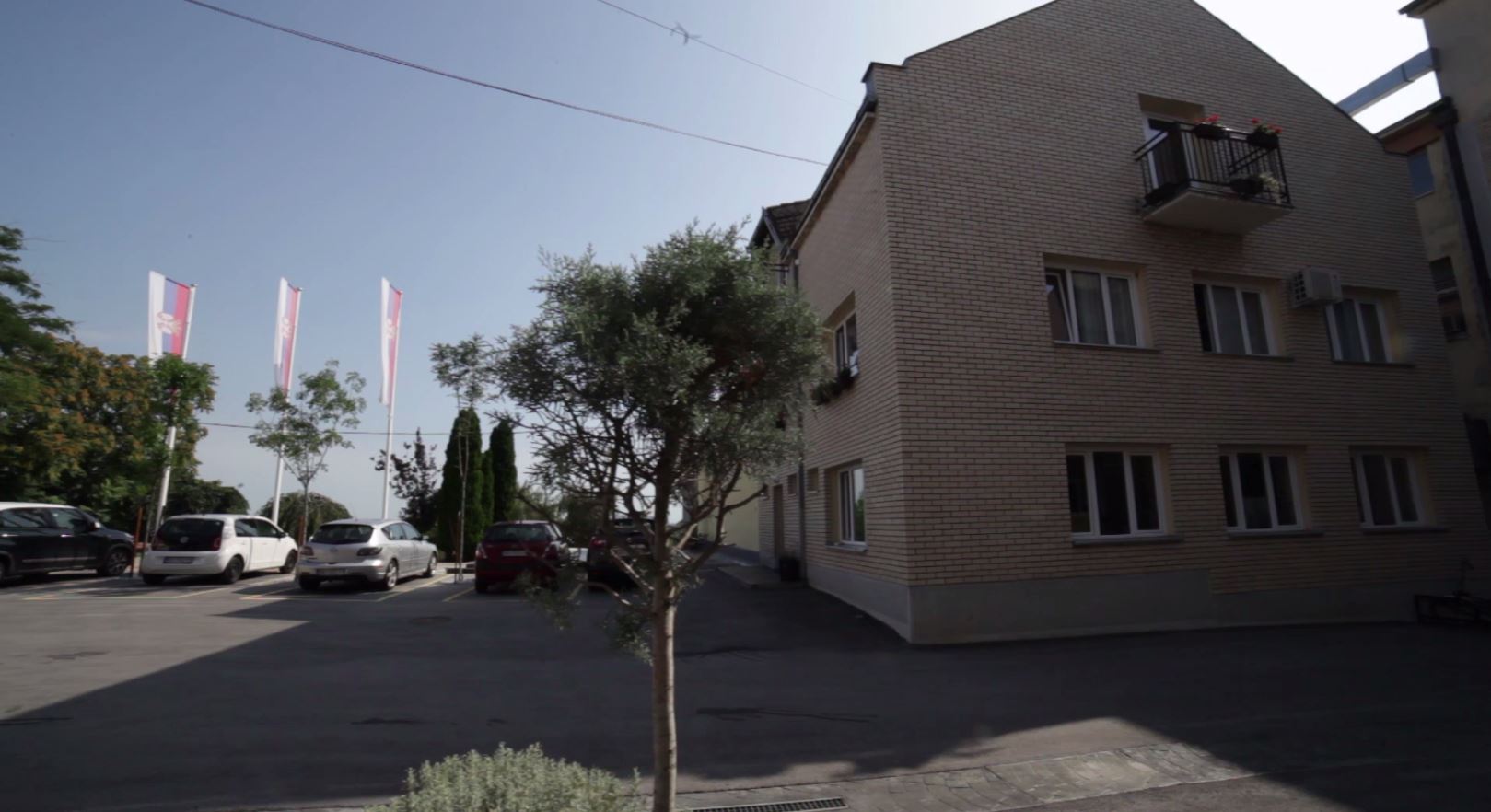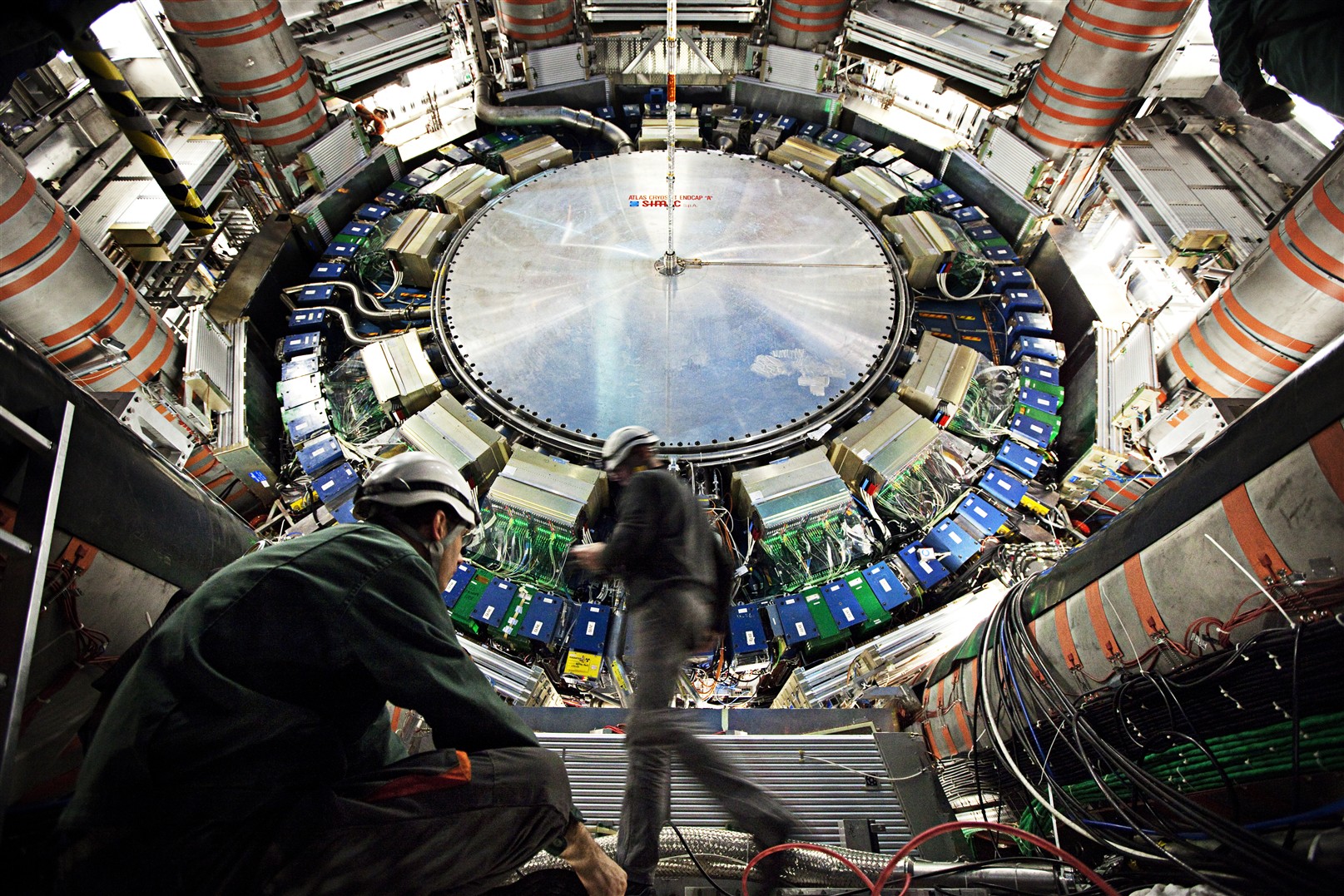
На предстојећој, десетој Ноћи истраживача, која се одржава од 27. до 28. септембра у 29 градова широм Србије, учествоваће и тим „LaserCon“ из Центра за фотонику Института за физику у Београду.
Они ће представити своју поставку „Демистификација светлости“ у суботу, 28. септембра 2019. године од 16 до 20 часова у Институту економских наука (Змај Јовина 12, Београд).
Посетиоци ће имати прилику да науче да контролишу и користе светлост. Тим „LaserCon“ ће им показати како да направе свој фотоапарат, како настају холограми и 3D пројекције.
Сазнајте како и зашто видимо предмете различитих боја, да ли се светлост креће само по правој путањи и како се светлостни зраци преламају.
„Ноћ истраживача“ је део програма Хоризонт 2020, највећег програма Европске уније за истраживање и иновационе делатности, као и потпрограма „Марија Склодовска Кири“.
Циљ пројекта је да посетиоцима приближи ток научног истраживања, како изгледа пут од идеје, преко основних научних знања до примене те идеје у свакодневном животу.
Носилац пројекта Ноћи истраживача је Институт за молекуларну генетику и генетичко инжењерство, Универзитета у Београду, а партнер је Факултет за физичку хемију, Универзитета у Београду.




